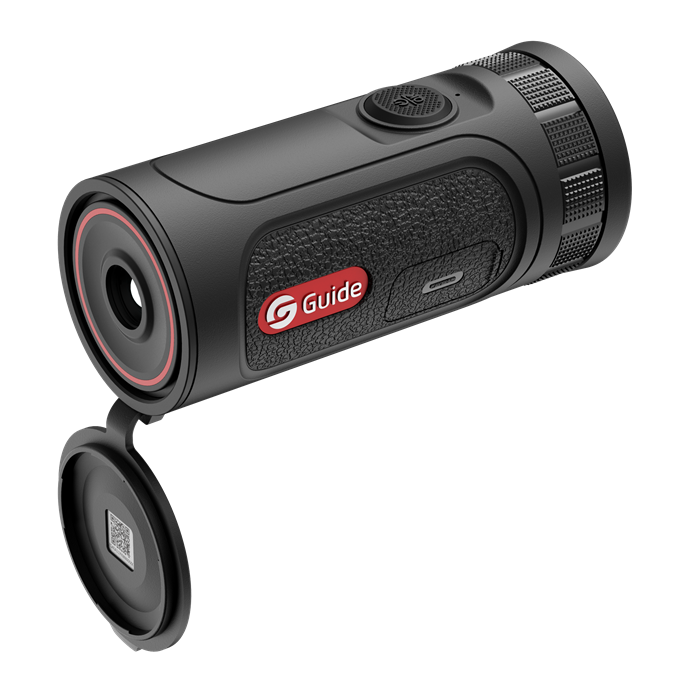
# Thermal Monoculars: Advanced Night Vision Technology
## Introduction to Thermal Monoculars
Thermal monoculars represent a significant leap forward in night vision technology. Unlike traditional night vision devices that amplify available light, thermal monoculars detect infrared radiation (heat) emitted by objects and living beings. This makes them incredibly useful for various applications where visibility is limited or completely absent.
## How Thermal Monoculars Work
Thermal monoculars operate on a simple yet powerful principle: all objects emit some level of infrared radiation as heat. These devices use special sensors to detect this radiation and convert it into a visible image. The process involves:
– Capturing infrared radiation through an objective lens
– Processing the thermal data with a microbolometer
– Converting the thermal signature into an electronic signal
– Displaying the processed image on a viewfinder or screen
## Key Advantages Over Traditional Night Vision
Thermal imaging technology offers several distinct benefits compared to conventional night vision:
– Works in complete darkness without any ambient light
– Can see through smoke, fog, and light foliage
– Detects temperature differences rather than relying on visible light
– Not affected by bright light sources that can blind traditional night vision
– Effective during both day and night operations
## Common Applications of Thermal Monoculars
The versatility of thermal monoculars has led to their adoption in numerous fields:
### Military and Law Enforcement
– Surveillance operations
– Search and rescue missions
– Border patrol
– Tactical operations in low-light conditions
### Wildlife Observation
– Nocturnal animal tracking
– Research without disturbing natural behavior
– Anti-poaching efforts
### Industrial and Commercial Uses
– Building inspections for heat leaks
– Electrical maintenance to spot overheating components
– Mechanical inspections for friction points
– Firefighting to locate hotspots and victims
## Choosing the Right Thermal Monocular
When selecting a thermal monocular, consider these important factors:
– Resolution: Higher resolution provides clearer images
– Detection range: How far the device can detect thermal signatures
– Refresh rate: Higher rates provide smoother images for moving objects
– Battery life: Important for extended use in the field
– Durability: Especially critical for harsh environments
– Additional features: Like image/video recording, WiFi connectivity, etc.
## Future Developments in Thermal Imaging
The field of thermal imaging continues to evolve with exciting advancements:
– Higher resolution sensors becoming more affordable
– Integration with augmented reality systems
– Smaller, more compact designs with equal or better performance
– Improved battery technology for longer operation times
– Advanced image processing algorithms for clearer thermal pictures
Keyword: thermal monoculars
Thermal monoculars have revolutionized our ability to see in complete darkness and challenging conditions. As the technology becomes more accessible and advanced, we can expect to see even broader applications across various industries and activities. Whether for professional use or recreational purposes, thermal imaging provides capabilities that were once only available to military and scientific organizations.
